
Today I’m sharing all about Stone River Soaps, a Etsy shop run by the maker of gorgeous goat’s milk soaps, McKenna Rees. McKenna and her family raise goats on their farm in Park City, Utah and in this interview she shares about how she first began making goat milk soaps, the benefits of using products made with goats milk and about the soap making process.
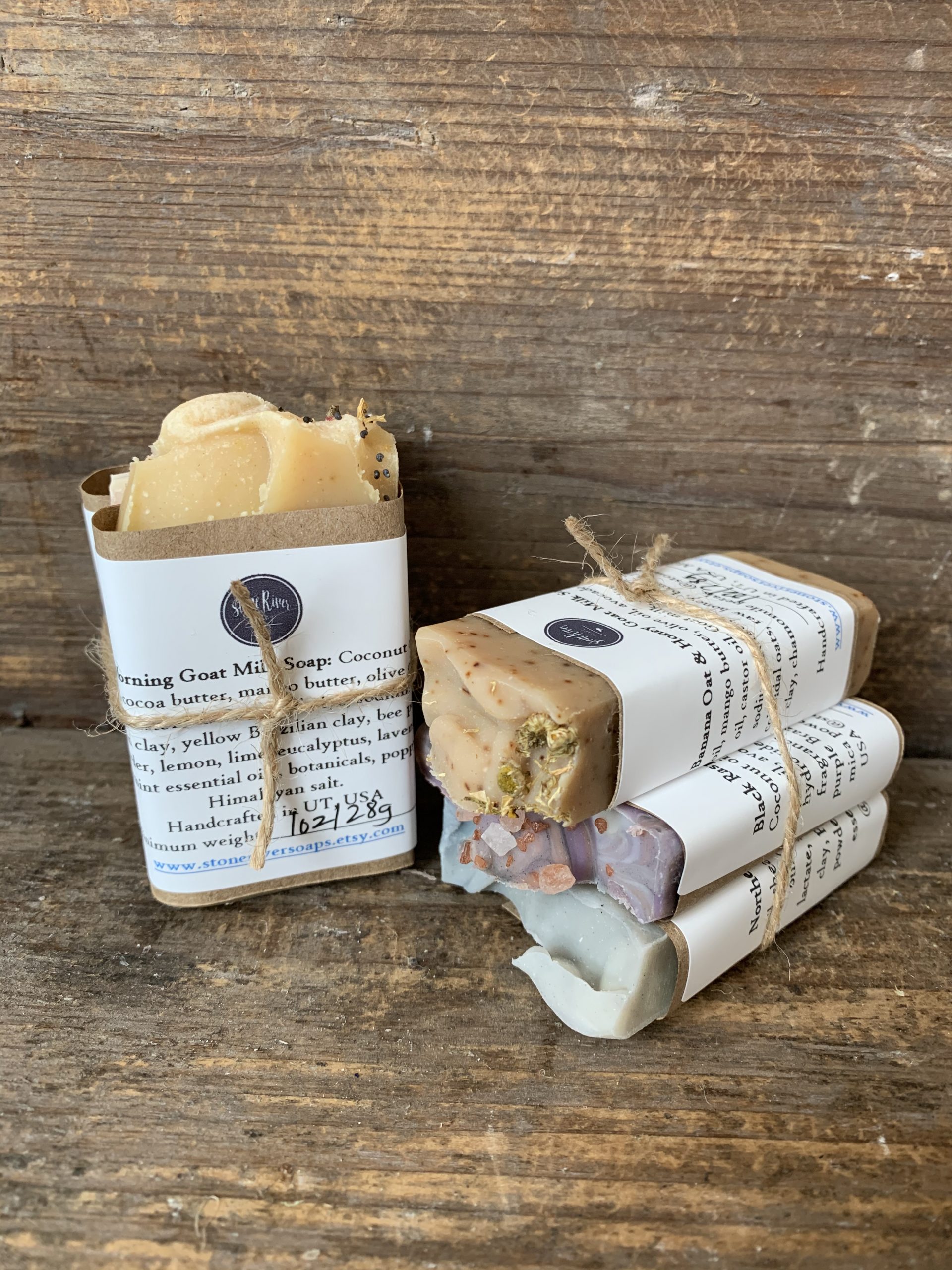
When did you first become interested in creating handcrafted goat milk soaps?
About three and a half years ago, I was milking my goats and using the milk for drinking and making cheese for my family, but I still had more milk than I needed. So, I got on the trusty internet one summer day to see what else I could do with their milk and discovered you can make soap! I was fascinated and quickly watched a few tutorials on soapqueen.com and I purchased a how to make soap e-book from lovinsoap.com. I then bought some basic ingredients to give it a try!
During my very first attempt of making soap I didn’t know what a stick blender was and we thought my husband’s drill with a flat bit would work to blend the soap. A few hours in my husband ran to Walmart for me and bought a stick blender. I was amazed at how fast and easily it brought my soap batter to emulsification (trace). I gained a lot of appreciation for the people in the olden days having to stir and stir and stir! I fell in love with the creative process and the amazingly bubbly and moisturizing soap. I started having people ask me if I would sell it, and I thought sure why not! My husband came up with the name and my step-sister designed my logo!
What are the biggest benefits from using goat milk soap?
In my research of how to make goat milk soap, there was always a section about the benefits and I was curious myself to see if they seemed to be true. Raw and unprocessed goat milk soap adds alpha hydroxy acids like lactic acid to the soap, which is thought to help remove dead skin cells from your skin. The milk is high in vitamins, especially vitamin A, which is thought to help repair damaged skin. It also adds loads of fats and cream which enhances the creaminess and moisturizing qualities of the soap naturally. (To name a few!)
Since making and using my soap for years now, I can definitely say it is creamier and more moisturizing than commercial bar soaps. I live in a very dry climate (Utah, USA) and I have needed to use lotion so much less frequently than before.

Your goats milk for your soaps is sourced directly from your farm where you raise your own goats… What is it about goats milk that makes it an ideal base for your soaps?
The majority of soap is made up from fats (oils and butters or lard/tallow.) I used olive oil, coconut oil, rice bran oil, castor oil, avocado oil, shea butter, mango butter, and cocoa butter typically. Sometimes I use other recipes with other oils and butters as well. Then you have a liquid component. Most often this is distilled water or any kind of milk (coconut milk, almond milk, goat milk etc.)!
I use 100% goat milk most of the time from my sweet nanny goats (Layla, Hei Hei, and Moana). FYI you have to use frozen milk or it will burn during the process so I milk all summer and freeze it to be used the rest of the year. Goat milk makes the soap, as mentioned previously, creamier and richer in my opinion. Then of course you can’t make soap without sodium hydroxide (lye). It truly is an amazing chemical process to take those ingredients and combine them in a precise way and the end result is soap!
I get a lot of satisfaction in using my soaps and having others purchase and enjoy them as well because my family and I worked through the whole process! I do all the milking of the goats and the making and packaging of the soaps. My children are in charge of daily feeding and watering of the farm animals. My husband helps with spring cleanup and pen maintenance (which can really be a challenge if you get an escape mastermind)! My goats and their milk are kind of the keystone of my whole business!
Do you feed your goats a special diet to help them with milk production?
My children make sure the goats are fed an alfalfa/grass hay mix and goat chow grain. They are only fed this blend and fresh grass during milking season. This keeps their milk rich, sweet, and very mild tasting. We have a field we move the water pipes on all summer so the hay grows and we keep a few bails for winter feeding. In the summers they are out in a grassy pasture by the river.
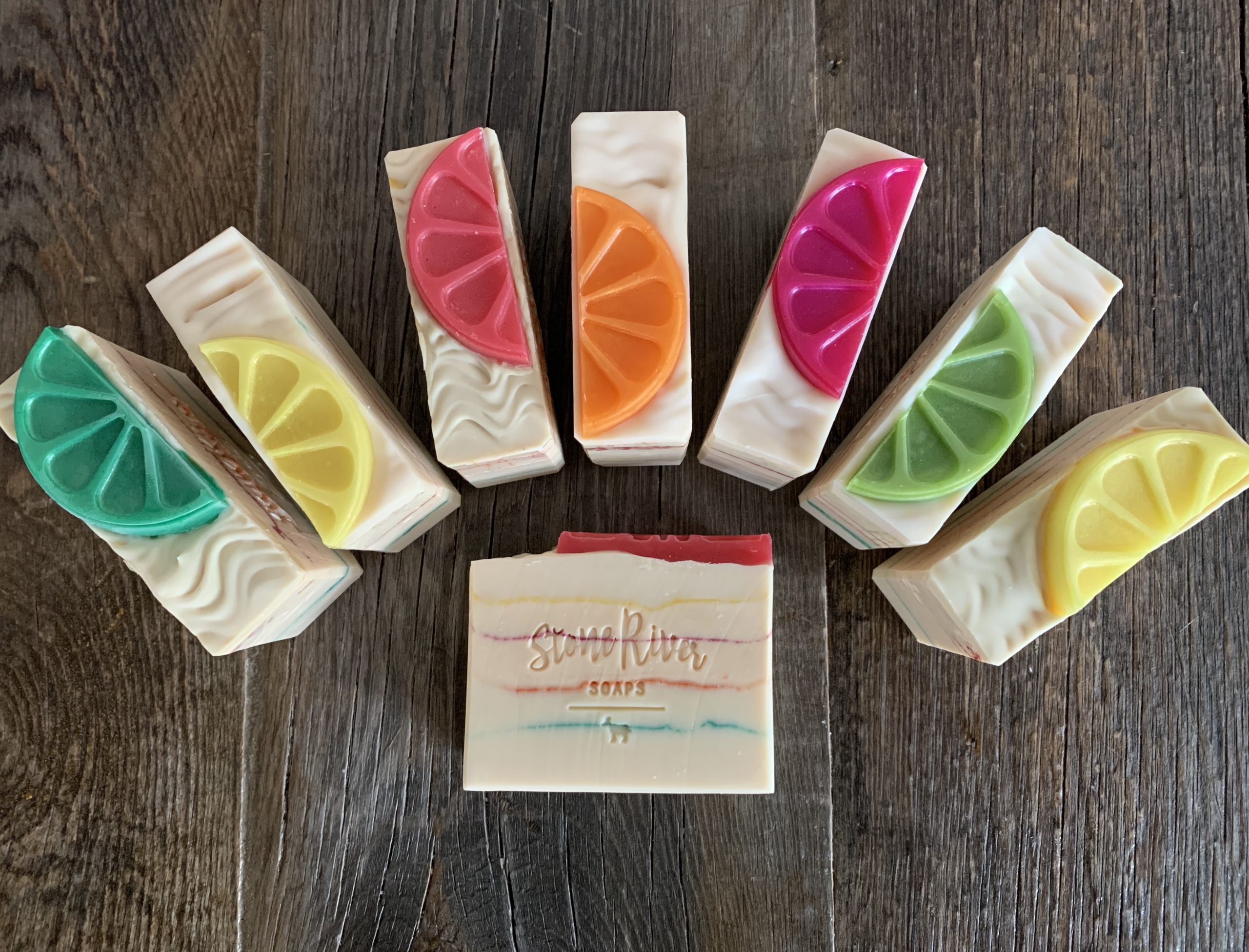
Many of your supplies that you use in your soaps from fragrances to essential oils, flowers and mica powders come from Bramble Berry. When did you first discover this brand and do you have a favorite essential oil that you like to use?
I discovered Bramble Berry from the start! Soapqueen.com is the soaping blog of that company. The tutorials and fun recipes on their website have been vital for my success. My favorite essential oil……not sure I can pick one! Lavender is a large staple in my cupboard because it’s wonderful on its own but also in blends. My other favorites are lemongrass, bergamot, litsa cubeba, rosemary, peppermint, and grapefruit!
How do you come up with the different ‘recipes’ for creating your soaps?
I actually use my favorite slower moving recipe 75% of the time I’d say. I have a handful of others I use for specific soaps as well and some recipes I’ve modified or created on my own. It depends on what I am going for in the design and qualities desired in the end product. For example, in the Oatmeal, Milk & Honey soap I make, I want to focus more on the extra ingredients inside like colloidal oatmeal, raw honey, kaolin clay, hydrolyzed oats, and silk amino acids to name a few. Plus I want to enhance the moisturizing qualities further by using rich butters like cocoa butter and shea butter. All these things work together to speed up trace (when the soap reaches emulsification and will no longer separate)
If your soap recipe traces quickly you won’t have a lot of time for a fancy design before it’s too hard to manipulate. I always think (usually at night when I am trying to sleep) of soap designs that match the fragrance I want to do and match that to the recipe that will help me achieve the end result I am going for. At this point in my craft it usually works out. However, a part of soap making is knowing how to improvise when soap decides to have a mind of it’s own!
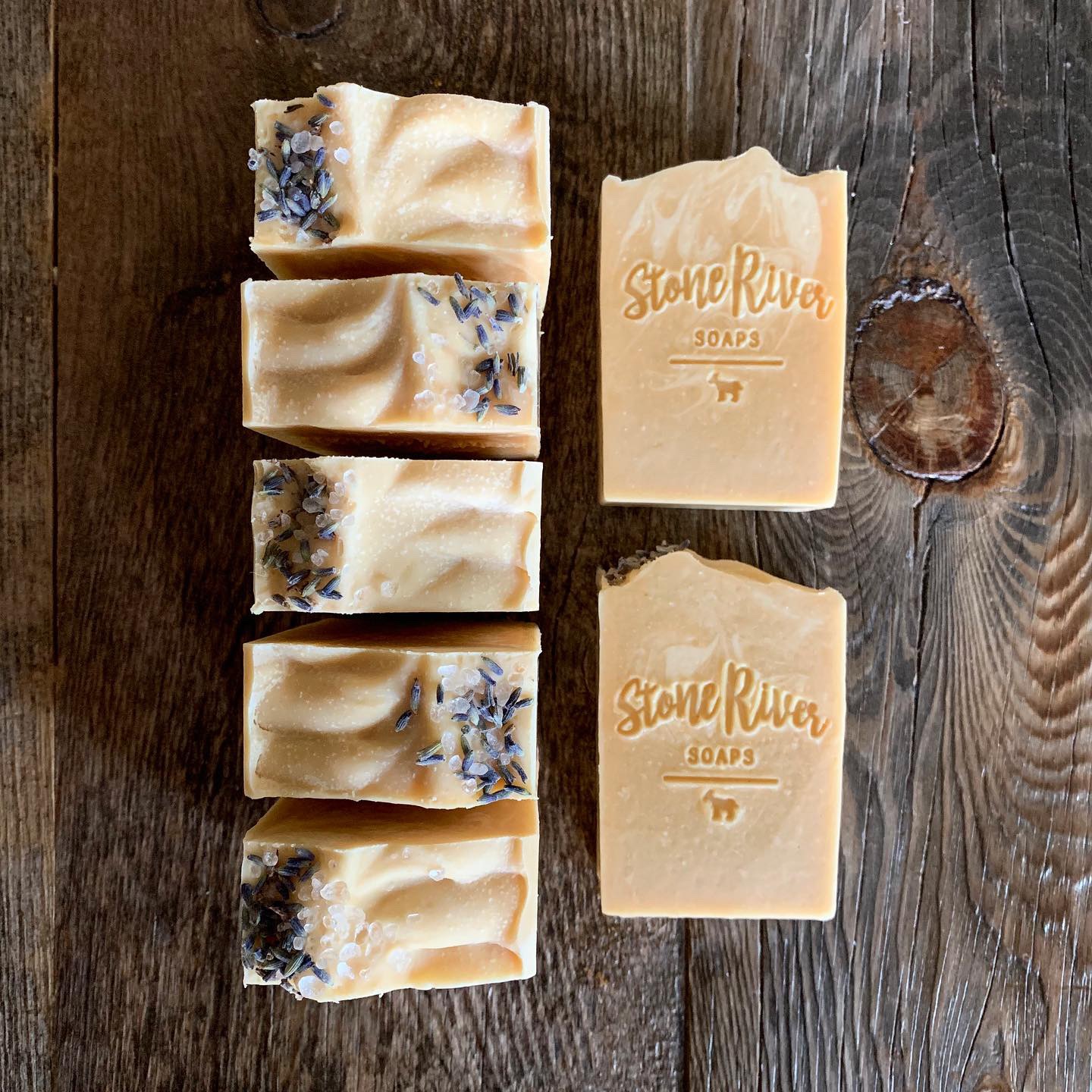
At what point when you’re coming up with an idea for a new soap do you decide what colors you’ll add to the soap, and what ingredient gives each soap its color?
I always try to match the fragrance to the colors. Or at least what I think matches. Typically, my style is 1-4 colors in a soap depending on the look I am going for. I love using natural colorants like clays the most. (Rose clay, French green clay, sea clay etc.) However, I do also enjoy a good bright purple or blue or green which is often harder to achieve with natural colorants, so I use oxide pigments and mica occasionally as well. Sometimes I pre-blend up my colorants in a bit of oil and sometimes if I know my recipe will allow me time to blend in a color to the full batter I’ll do that. Often I make final decisions as I am working on it. I might hurry and add a touch of charcoal powder to deepen a color or zinc oxide to lighten it.
Tell me a bit about the process of creating one of your soaps.
Stay up too late thinking of design ideas. The next day I’ll grab a bag of frozen milk to start thawing a bit while I shower after my work out. After that I pull out all of my supplies and smell my fragrance or essential oil blend and think over what soap I’m going to make a little more while I pull out botanicals and sea salts for the tops.
Once I have a good handle of my thoughts for the soap bar I will be making, I turn on Blue Planet or a movie I feel like having on in the background and get to work! Once the batch is made and is in the molds I place them somewhere cool to harden up.
The next day I can pull the soap out of the molds and cut it. I typically wait another day and bevel and stamp the bars with my logo. The soaps will sit and cure for 3-6 weeks depending on the recipe I am using and the amount of goat milk in the recipe.
I love the Sunshine Poppies Goat Milk Soaps that you recently featured on your Instagram feed (Now AVAILABLE on your etsy shop). They are absolute works of art! How long does it take to make a soap with a more intricate design?
Thank you so much! Those soaps have received a lot of attention. I first had to make the flowers in a small batch the day before the rest of the soap. I used the piping methods used by cake decorators. Youtube and one of my neighbors were very helpful in learning to make flowers. Then I placed the flowers on top of the soft soap. After that everything sat up for 24 hours and I cut and stamped them. Now they are curing until my next update on the 5th! There is a video on how I made them in my story highlights on my Instagram page @stoneriversoaps.
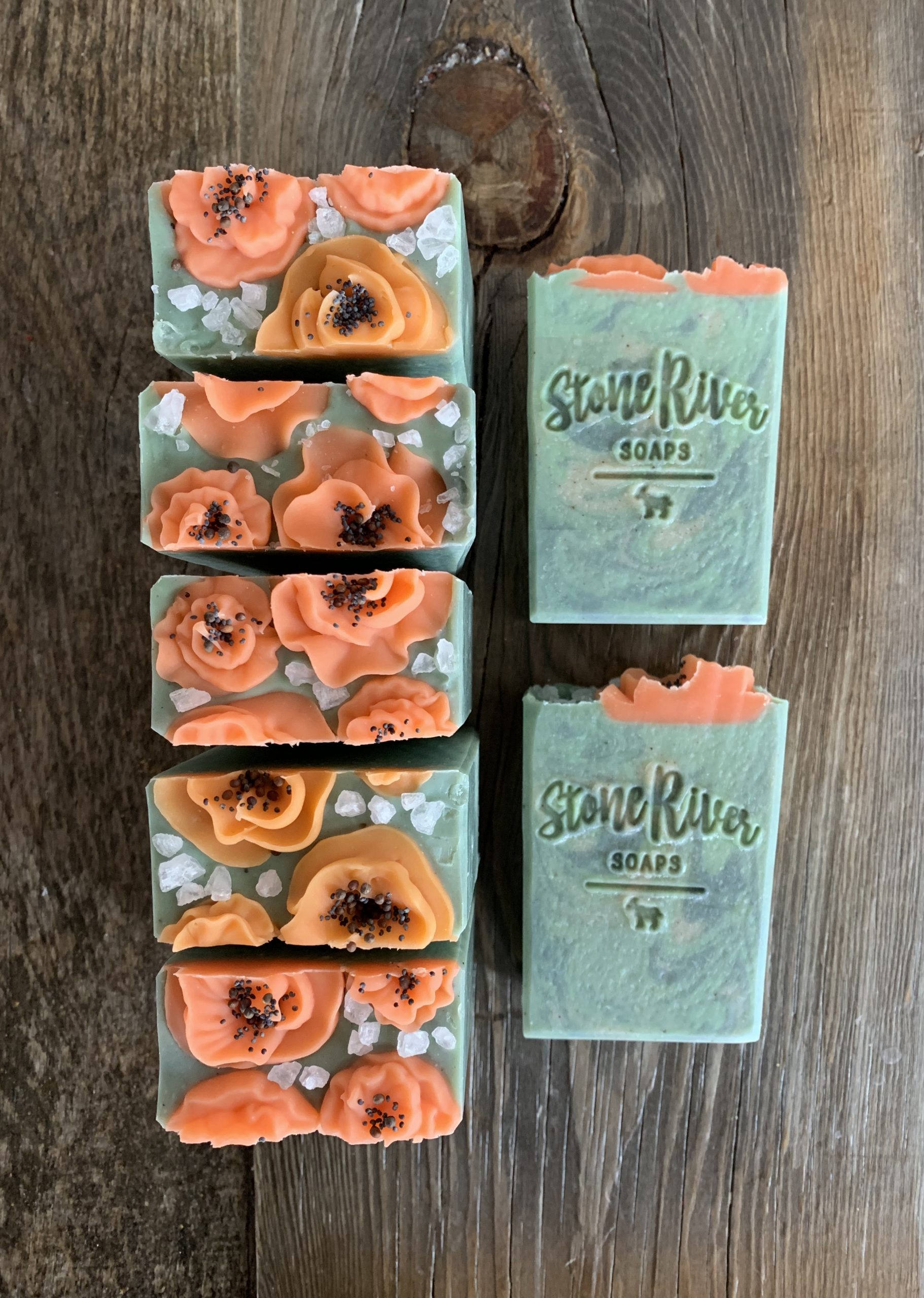
Is there are particular soap that you enjoy making (and using) the most in your own home?
I have used the Charcoal & Clay Facial bar consistently for years. That is probably the only one I am always using. All the others I love switching up in my showers and by my sinks. They are all very fun to make, but if I do a remake the same bar they often have different designs because I like variety!
In addition to your soaps you also feature shampoo & conditioner bars, lotions, body butters and a facial scrub. How does the process differ in making these products?
Yes, I have made a few options of natural shampoo bars for a few years now and they are fabulous. However, they only work well in water low in minerals (soft water) because they are a natural soap shampoo. You can follow washing your hair with a vinegar rinse to remove the mineral deposits from your hair and help seal the hair shaft. I have more recently had a number of customers that have requested a shampoo bar that works in hard water and I am so happy to be offering a wonderful new variety of syndet shampoo bars to my shop on the 5th!
Syndet shampoo bars are a combination of synthetic mild detergent based cleansers and surfactants for hair care. They are ph balanced and very mild for consistent use. The best benefit in my opinion is that they are plastic free! I love not having a single plastic bottle in my showers or by my sinks. It makes me feel in a small way I am helping our planet. It has taken me the last few months to learn and research how to make these bars and to come up with my own recipe.
I started the process by purchasing the Swift Craft Monkey online book about shampoo bar formulation. I have done testing with a variety of people’s hair types and I can’t wait to offer my new bars in the shop. They will pair wonderfully with the hair conditioning bars I have offered for a few years now. The hair conditioning bars are absolutely amazing. They leave your hair so soft and tangle free.
I do also offer solid lotion bars, body butters, and a facial scrub. I love using these items so I always make extra to add to my shop for others to enjoy as well. The facial scrub is made with Icelandic black sand which is fun for me because I am Scandinavian and some of my ancestors came from Iceland. It’s kind of silly, but it makes me feel like I am going back to my roots. Plus it is a wonderful gentle exfoliant! Because I am a small shop I love doing custom orders as well. Say if someone wanted a specific blend of essential oils in their solid lotion bar I can typically make that up within a few days!
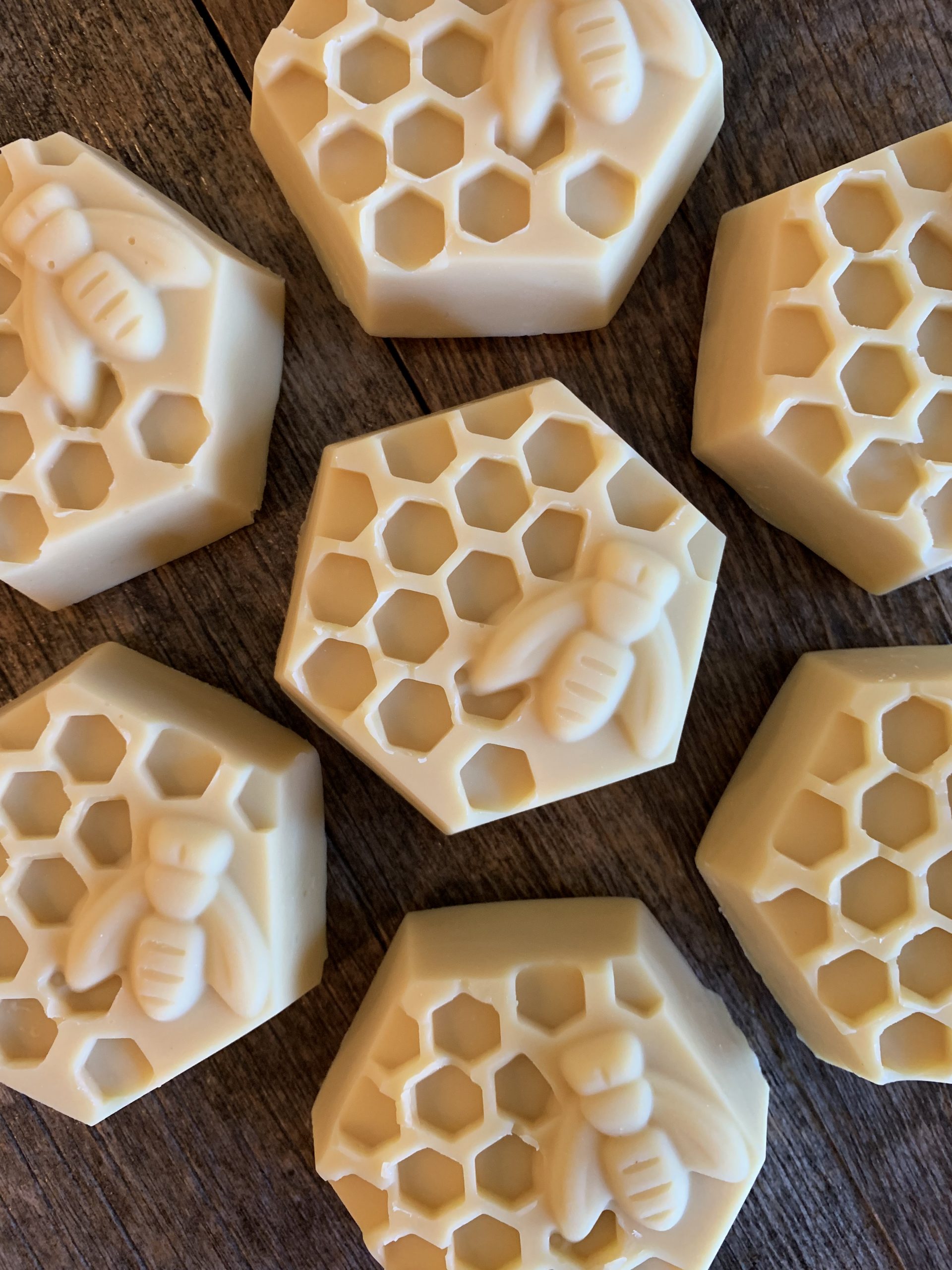
Keep up with Stone River Soaps through the following links…
Website: https://www.etsy.com/shop/stoneriversoaps/
Instagram: @stoneriversoaps
All images in this post were provided by McKenna Rees.
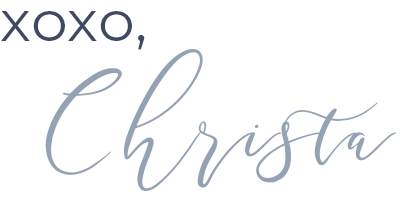



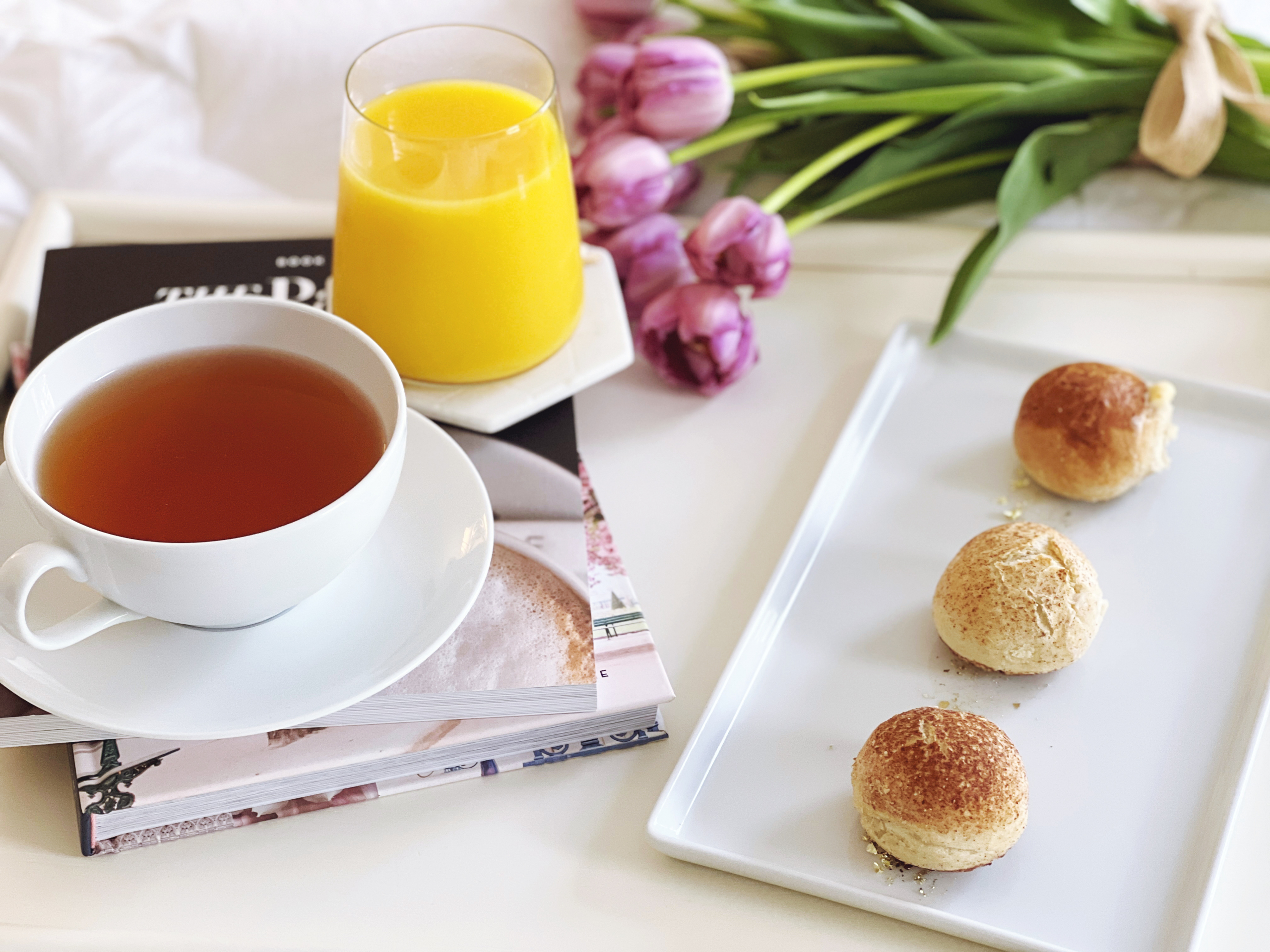

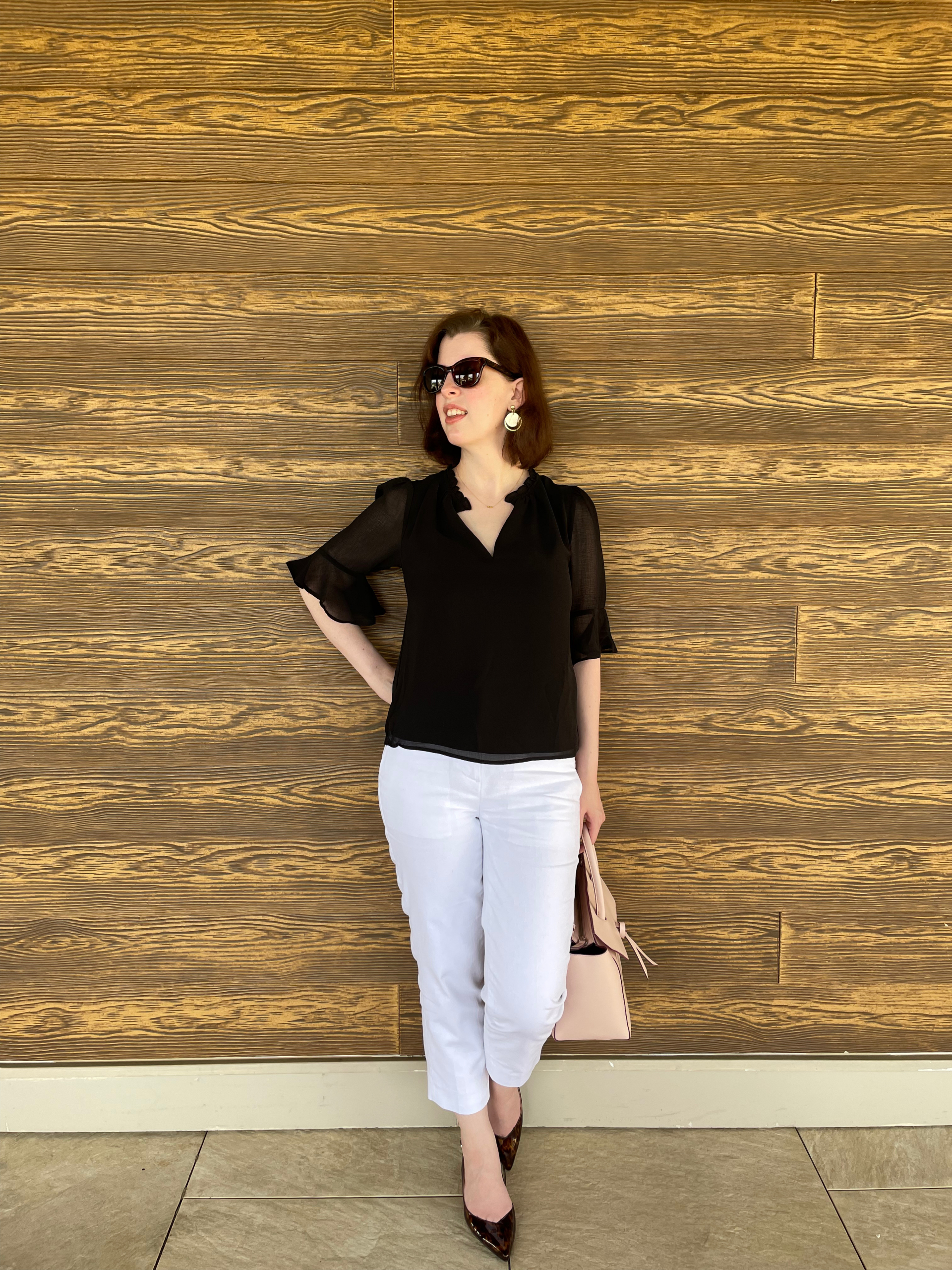
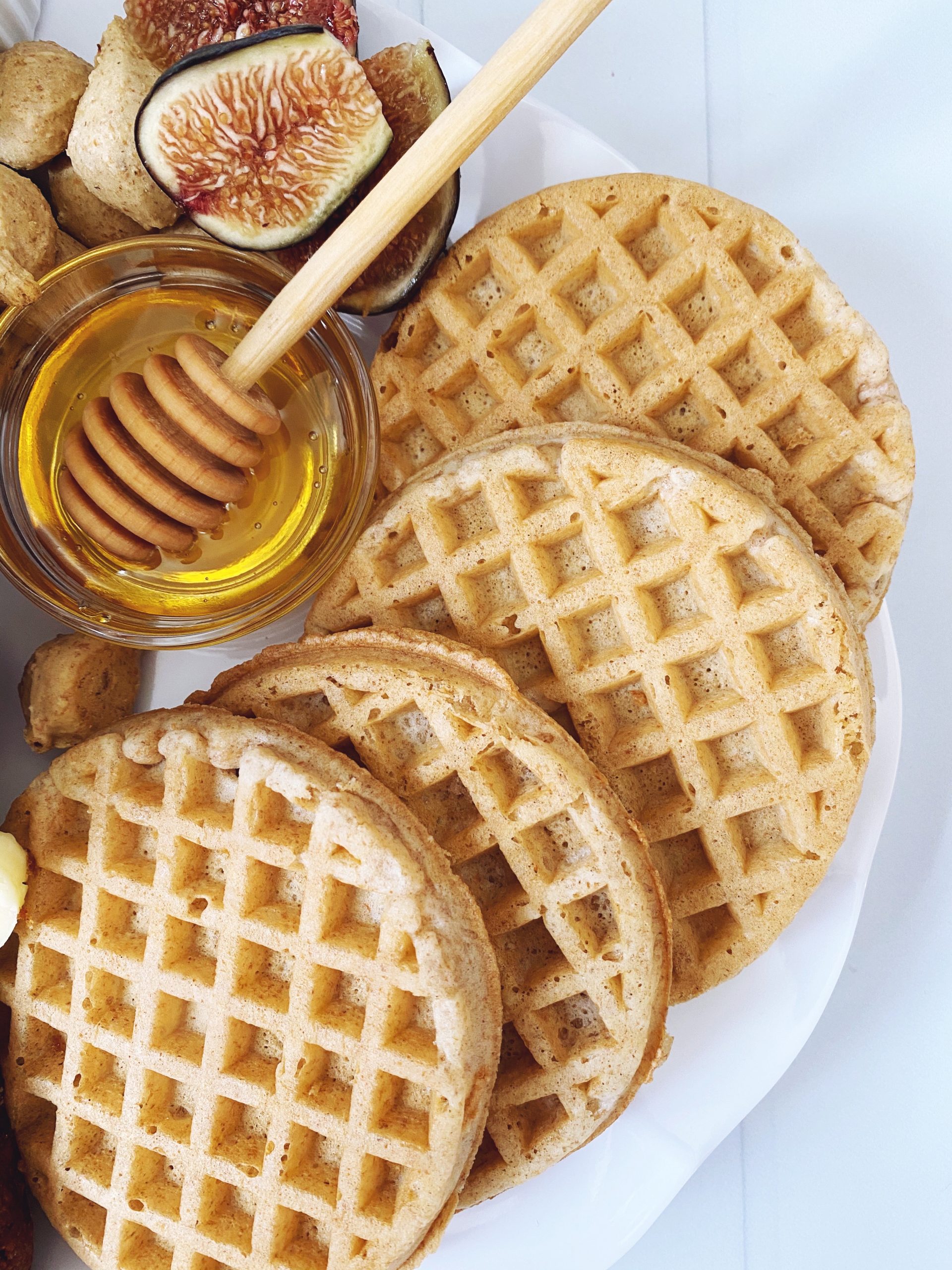
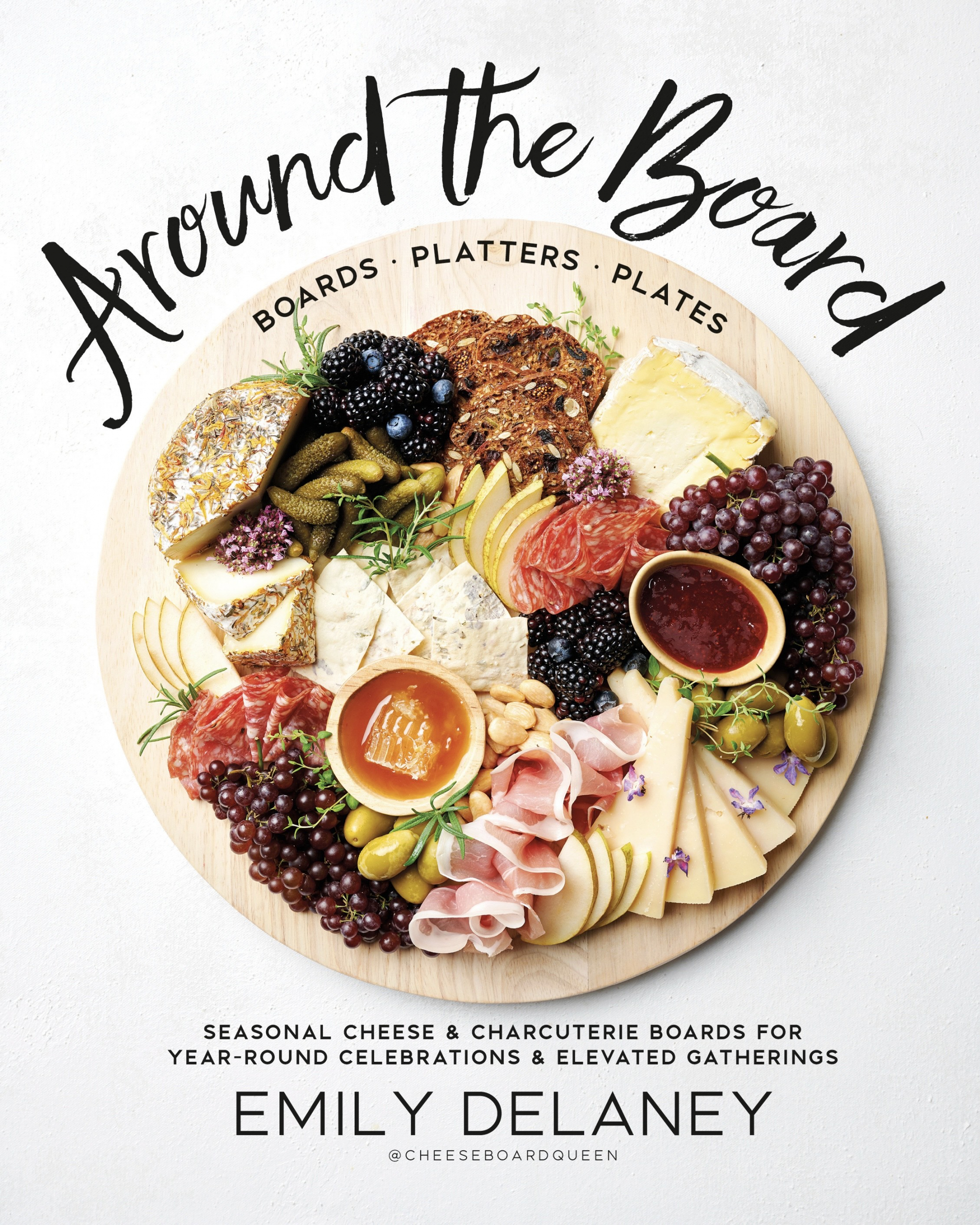

Those poppy soaps are gorgeous!